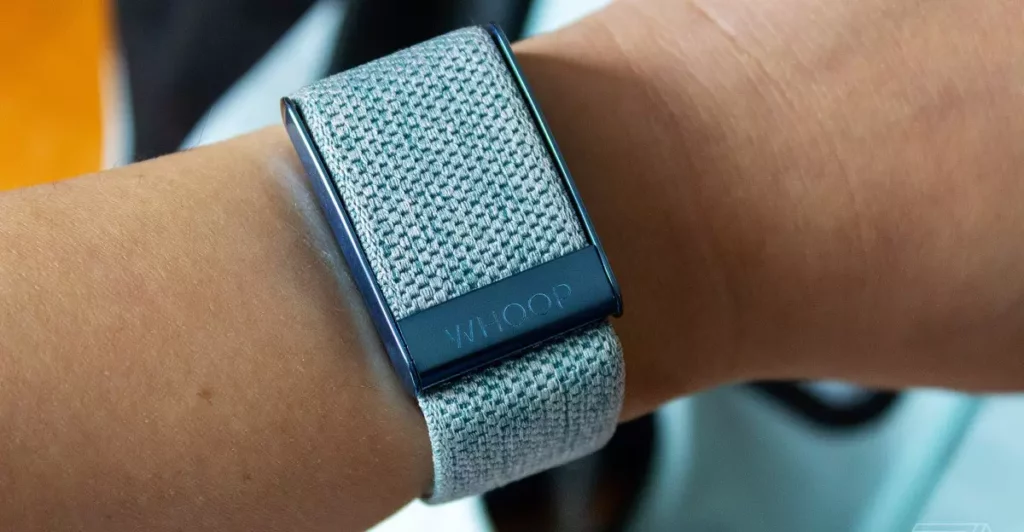In the volatile world of wearable technology, companies often teeter on the edge of greatness or ruin. A case in point is Whoop, the fitness tracker company that aims to enhance user performance and health. Recently, however, Whoop stumbled into a public relations disaster after miscommunicating a significant policy change regarding hardware upgrades. The uproar that ensued illustrates a larger truth about the critical nature of corporate communication and the fragile relationship between brands and their loyal customers.
The Upgrade Controversy: A Recipe for Discontent
At the heart of the issue was the roll-out of the Whoop 5.0 fitness tracker, alongside a miscommunication that promised free upgrades erroneously based on subscription timelines. Customers who had anticipated receiving their upgrades found themselves thrown into turmoil when they learned that an extension of their subscription was a prerequisite for obtaining the new model. This miscalculation sparked a wave of anger, especially among dedicated users who viewed Whoop not just as a product but as an essential aspect of their health journeys.
The company’s communication misstep was compounded by a blog post that initially suggested a mere six months of active membership would suffice for users to qualify for an upgrade, only to later clarify that the requirement would be raised significantly. This inconsistency likely led many to feel not only confused but also betrayed. Such a lack of clarity indicates a disconnect between corporate strategy and customer experience, which, in today’s hyper-connected world, can quickly morph into a PR nightmare.
Backtracking: Will It Suffice?
In an attempt to quell the rising tide of dissent, Whoop quickly issued a clarification, attempting to rectify the confusion by announcing that users with more than twelve months remaining on their subscriptions would still qualify for the free upgrade. While such an acknowledgment of wrongdoing should be seen as commendable, it ultimately felt like a Band-Aid on a festering wound for many customers who had already felt misled.
The mere act of admitting fault does not automatically rebuild trust. The initial breakdown in communication may suggest larger systemic issues within Whoop that need addressing—issues that could threaten the brand’s reputation more broadly. In a market flooded with alternatives, customers are not merely seeking products; they want to align themselves with companies that value transparency, accountability, and clear communication.
The Emotional Bonds: More Than Just a Device
What is particularly noteworthy is the emotional connection users develop with their fitness trackers. With these devices often seen as partners in their health pursuits, customers tend to take changes in policy personally, viewing them as breaches of trust rather than just corporate decisions. Some users have expressed their discontent vocally, threatening to abandon the product entirely. This reaction highlights a deeper issue: the need for brands to foster loyalty through relationship-building rather than merely transactional interactions.
The diverse reactions from Whoop’s user base indicate a rift that the company must work to bridge. While some customers are willing to begrudgingly adapt to new terms, others remain unconvinced, viewing the policy change as an indication that the company no longer prioritizes their needs as consumers. This skepticism reflects a broader trend in consumer behavior where allegiance is increasingly tied to the perceived value of service over time.
The Path Forward: Restoring Trust Through Transparency
As Whoop confronts its recent challenges, it must recognize that clarity should be the backbone of all customer communications, especially in an era characterized by rapid information dissemination. In a climate where misunderstandings can lead to widespread discontent, the importance of transparent and consistent messaging cannot be understated. For firms like Whoop, investing in robust communication strategies isn’t just a smart move; it’s essential for survival in a crowded marketplace.
Moving beyond mere reactive measures, Whoop should engage in proactive strategies that encourage dialogue and foster a deeper emotional connection with customers. This humanized approach not only serves to ease current tensions but also helps secure long-term loyalty. If Whoop is aiming to continue as a market leader in a competitive space, it is imperative that they not only navigate current discontent but also strive for a culture that prioritizes communication, integrity, and customer satisfaction as integral elements of their operational ethos.
As the wearable technology industry continues to evolve, brands must adapt and improve their communication strategies—as Whoop has learned in recent weeks, the stakes for both reputation and customer loyalty cannot be overstated.









Leave a Reply